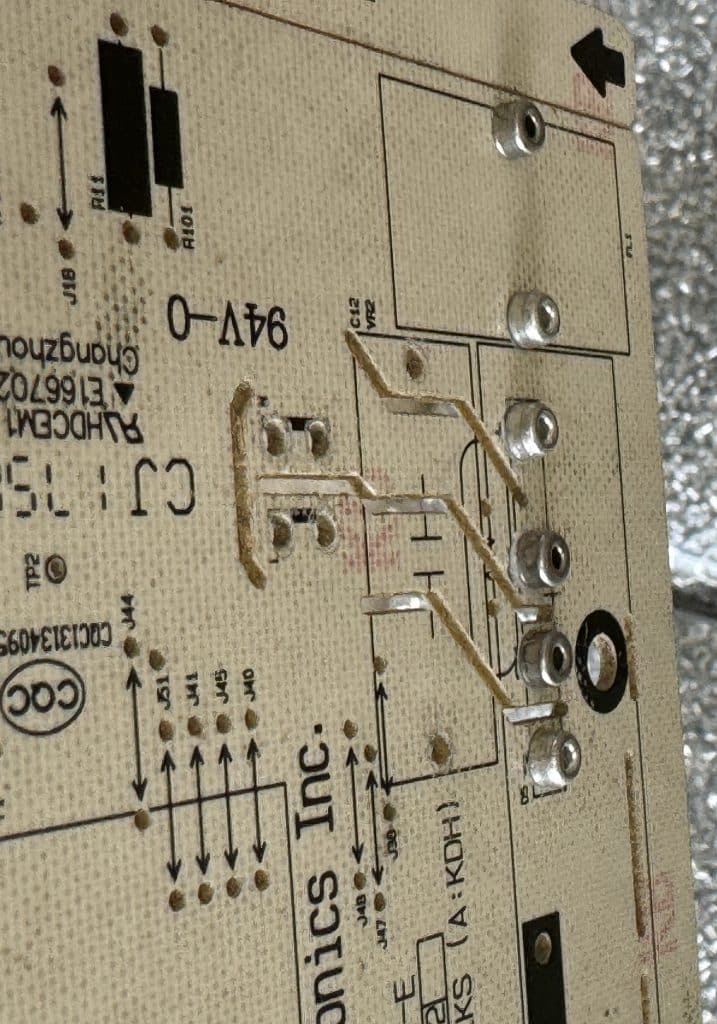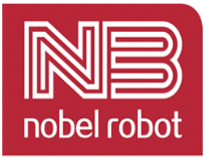An automatic riveting machine is an industrial machine designed to automatically install rivets to fasten two or more pieces of material together, without requiring manual operation for each rivet placement. It automates the entire riveting process: feeding, positioning, setting, and inspection (in advanced systems).
Here’s a breakdown of its key aspects:
- Core Function: To permanently join materials (typically sheet metal, plastics, or composites) using rivets with high speed, precision, and consistency.
- Key Components & Process:
- Rivet Feeding System: Automatically supplies rivets (from a hopper, bowl feeder, or tape reel) to the setting head. Ensures correct orientation.
- Workpiece Handling/Fixturing: Securely holds the parts to be joined in the precise position for riveting (can be manual loading, conveyors, or integrated with robots).
- Rivet Placement/Setting Head: The “end effector” that picks up a fed rivet, positions it accurately in the pre-drilled/punched hole (or sometimes pierces the material), and performs the setting action.
- Actuation System: Provides the force to deform the rivet (set it). Common types:
- Pneumatic: Uses compressed air. Fast, clean, cost-effective for lighter rivets.
- Hydraulic: Uses fluid pressure. Higher force for larger or harder rivets.
- Servo-Electric: Uses electric motors for precise control of force and stroke. Increasingly popular for flexibility and energy efficiency.
- Control System (CNC/PLC): The brain of the machine. Programs rivet locations, sequences, force, stroke, and speed. Monitors sensors and ensures process control. Often has a Human-Machine Interface (HMI) for programming and monitoring.
- Sensors: Detect presence of workpieces and rivets, verify successful setting, monitor force/stroke, and ensure safety.
- (Advanced) Vision Systems: Used for automatic hole location verification or post-set inspection.
- Types & Configurations:
- Single-Acting: One setting head (common).
- Dual-Acting/Multi-Head: Multiple setting heads work simultaneously on one part for higher throughput.
- C-Frame/Press Type: Resembles a small press. Workpiece is placed under the head.
- Robotic Riveting Cells: A robot arm carries the riveting end effector, offering maximum flexibility for complex, large, or 3D-shaped parts. Often integrated with vision.
- Specialized Machines: Designed for specific applications like aircraft wing assembly or automotive subframes.
- Key Advantages:
- High Speed & Throughput: Dramatically faster than manual riveting.
- Consistency & Quality: Every rivet is set with identical force and placement, minimizing defects.
- Reduced Labor Costs: Requires minimal operator intervention (mainly loading/unloading or monitoring).
- Improved Worker Safety: Eliminates repetitive strain injuries and exposure to vibration/noise associated with handheld tools.
- Process Control & Traceability: Force, stroke, and other parameters are monitored and recorded for quality assurance.
- Ability to Handle Complex Patterns: Easily programmed for intricate rivet patterns.
- Integration: Can be integrated into larger automated production lines.
- Common Applications (Where high volume & reliability are critical):
- Aerospace: Aircraft fuselages, wings, interiors.
- Automotive: Body panels, frames, chassis components, seats, interior trim.
- Appliances: Washing machines, dryers, ovens, refrigerators.
- Electronics Enclosures: Servers, computers, control boxes.
- HVAC Ductwork.
- Furniture (Metal).
- Construction Equipment.
- Compared to Manual Riveting:
- Manual: Uses handheld pneumatic, hydraulic, or electric rivet guns. Operator places each rivet and triggers the tool. Slower, less consistent, more labor-intensive, higher risk of ergonomic injuries.
- Automatic: Handles the entire process. Superior for speed, consistency, volume, and integrated quality control.
In essence: An automatic riveting machine is a sophisticated piece of factory automation that replaces the manual labor and variability of traditional riveting with a fast, precise, reliable, and programmable process, essential for modern high-volume manufacturing where structural integrity and efficiency are paramount.
Picture of the appearance of the automatic riveting machine

Features of automatic riveting machine:
- High speed plug-in, 1-3 working heads can be selected according to customer requirements.
- The structure is stable and needs no maintenance and inspection.
- According to the customer’s requirements, quickly replace the corresponding bottom mold.
- Fully automatic upper and lower plate track system, with the upper and lower plate machine to achieve fully automatic process.
- Compact design, takes up less space.
Automatic riveting machine video

Technical parameters of automatic riveting machine
| JX-3008自动铆钉机 | Automatic riveting machine |
| 详细描述 | Detail |
| Power Supply 电源 | 额定电压 单相220V±20V Rated voltage:Single phase 220V±20V |
| Dimensions 设备尺寸 | L:1950mm,W:1400mm,W:1580mm |
| weight/重量 | 约1200KG Approx1200KG |
| Adapt to insert fivet specification 适应插入铆钉规格 | Φ1.3mm~ф5.1mm(铆钉柱体外径尺寸)φ1.3mm~ф5.1mm (Outside diameter dimension ofrivet ylinder) |
| Plug-in speed 插件速度 | 0.35Sec/EA 0.35Sec/EA |
| Number of plug-in heads 插件头数量 | 1~3头可定制 1 ~ 3 heads can be customized |
| Flow direction 流向 | 右→左(标准)、左→右(选配) right →left(Standard)、left-right( Option ) |
| Flowering effect 开花效果 | 可按客户需求定制 Can be customized according to customer needs 供料系统Delivery system 散料,震动盘供料 Bulk material, vibrating plate feeding |
| Applicable PCB 适用基板 | 基板规正方法:销规正 Board positioning method :Pin positioning |
| Board transfer 基板传输 | 单板传输 :SinglePCB transfer(Standard ) |
| Applicable PCB dimensions 基板尺寸 | 最小50mmx50mm~最大500mmx400mmDimensions:Min 50mmx50mm~Max 508mmx400mm基板厚度:1.6mm±0.15mm(标准可应对)最小0.6mm~最大2.0mm(选配), |
| Coordinate acquisition 坐标采集 | 激光自动校正 Laser automatic correction |
| Communication Function 通信功能 | LAN通信(TCP/IP)(选配) Communication:LANcommunication (TCP/IP) (select to breed) |
| Brand of main components 主要部件品牌 | 气动元件:德国FESTO/日本SMC独摸屏:WEINVIEW14寸触摸操作屏Pneumatic components: GermanyFESTO/ Japan SMC Touch screen: VEINVIEW14-inch touch operation screen轨道:日本THK Orbit: THK,Japan 传感器单元:日本OMRON Sensor unit:OMRON Japan |
The above part is the relevant content of the automatic riveting machine, for more details, please consult online customer service
